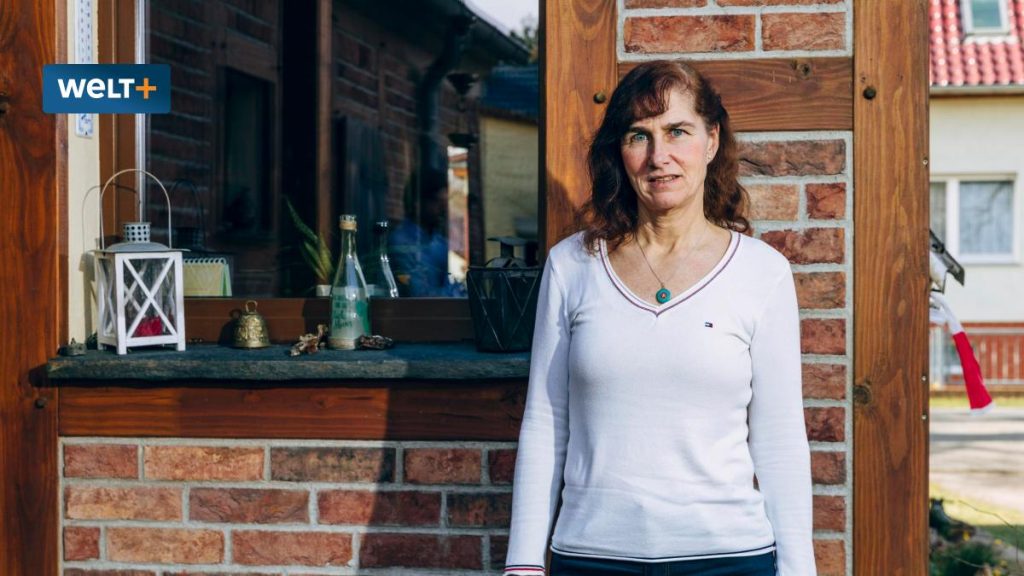A woman who was previously involved in assisting refugees is now protesting against the establishment of an asylum seeker accommodation. The woman’s change in stance has sparked interest and discussion in the community, as it signifies a shift in her beliefs and attitudes towards immigration and refugee issues. This shift has caused some controversy, with some questioning her motives and others supporting her right to express her opinions.
The woman’s previous work with refugees in the past has been well-regarded, as she has been praised for her dedication and compassion towards assisting those in need. However, her decision to protest against the establishment of an asylum seeker accommodation has raised concerns about the reasons behind her change in stance. Some speculate that personal experiences or interactions may have influenced her views, while others believe she may have been swayed by political or social influences.
Despite the controversy surrounding her protest, the woman has stood firm in her decision to speak out against the asylum seeker accommodation. She has expressed concerns about the impact the accommodation may have on the local community, citing reasons such as increased crime rates and strain on resources. Her protest has drawn both support and criticism, with some praising her for speaking up and others condemning her for what they see as a betrayal of her previous work with refugees.
The woman’s protest has drawn attention to the complexities and nuances of immigration and refugee issues, highlighting the nuanced and often divisive nature of these topics. It has sparked a larger conversation within the community about the challenges and dilemmas faced when dealing with issues of asylum and immigration. Many are grappling with the ethical and moral implications of the woman’s protest, and are seeking to understand the motivations behind her decision to take a stand against the asylum seeker accommodation.
Overall, the woman’s protest serves as a reminder of the ongoing debates and tensions surrounding immigration and refugee issues in society. It underscores the need for open and respectful dialogue about these complex and often polarizing topics, and calls for a greater understanding and empathy towards those impacted by these issues. As the community grapples with the implications of the woman’s protest, it remains to be seen how her actions will shape the ongoing discourse around asylum and immigration in the future.
In conclusion, the woman’s journey from assisting refugees to protesting against an asylum seeker accommodation highlights the multifaceted and often contradictory nature of immigration and refugee issues. Her decision to take a stand has sparked controversy and debate within the community, raising questions about the motivations behind her protest and the broader implications of her actions. Ultimately, her protest serves as a catalyst for a larger conversation about the complexities and challenges of dealing with asylum and immigration, underscoring the need for compassion, understanding, and dialogue in addressing these contentious issues.


